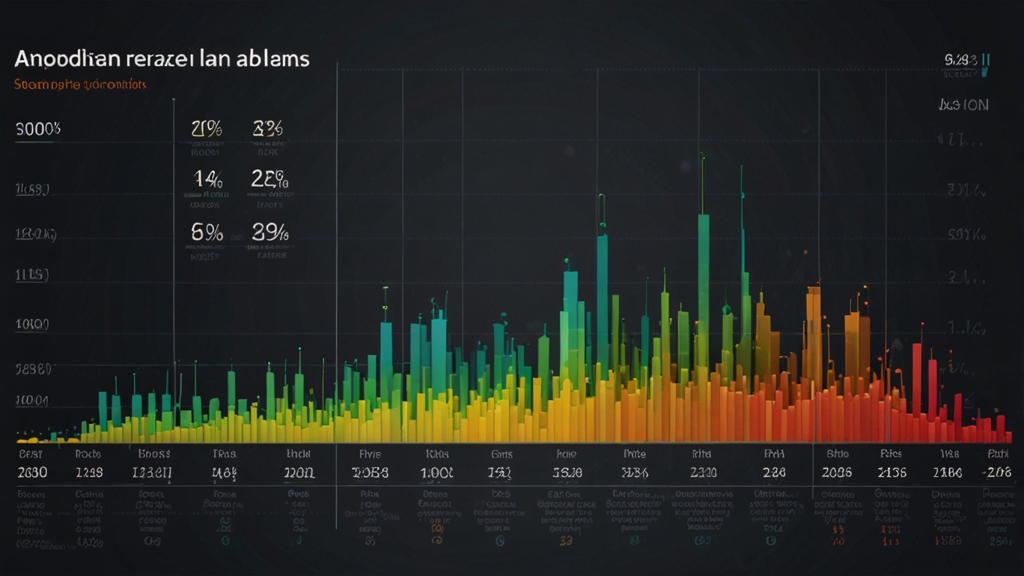Introduction
Propaganda has always been a potent tool in shaping public opinion, especially during times of war. During World War I and World War II, propaganda was utilized extensively by all the major powers to mobilize their populations, sustain morale, and demonize their enemies. This article delves into how propaganda influenced public opinion during these tumultuous times and the methods employed to achieve its goals.
World War I: The Birth of Modern Propaganda
World War I marked a turning point in the use of propaganda to shape public opinion. The British government established the War Propaganda Bureau (WPB) in 1914 to produce pro-war literature and disseminate it worldwide. Leaflets, posters, and films glorified the British cause while vilifying the enemy. A famous poster depicting Lord Kitchener pointing directly at the viewer with the phrase "Your Country Needs YOU" became iconic and was instrumental in recruiting a large number of soldiers.
"The function of propaganda is, for example, not to weigh and ponder the rights of different people, but exclusively to emphasize the one right which it has set out to argue for." – Adolf Hitler, Mein Kampf
Similar efforts were seen in other countries. The United States, which initially remained neutral, formed the Committee on Public Information (CPI) under George Creel. The CPI produced posters, films, and speeches that encouraged enlistment and war bonds purchases, while also painting Germany as barbaric and evil. Such intense and emotional content fostered a sense of unity and resolve among the American people.
World War II: The Evolution of Propaganda
With the onset of World War II, propaganda efforts became even more sophisticated and pervasive. The Nazi regime in Germany, under Joseph Goebbels' Ministry of Propaganda, skillfully manipulated media to rally the German population. Films like "Triumph of the Will" and "The Eternal Jew" were produced to both glorify the Nazi party and dehumanize the Jews and other perceived enemies. These works were not just limited to Germany but were disseminated across occupied territories to maintain control and manipulate public opinion.
"









